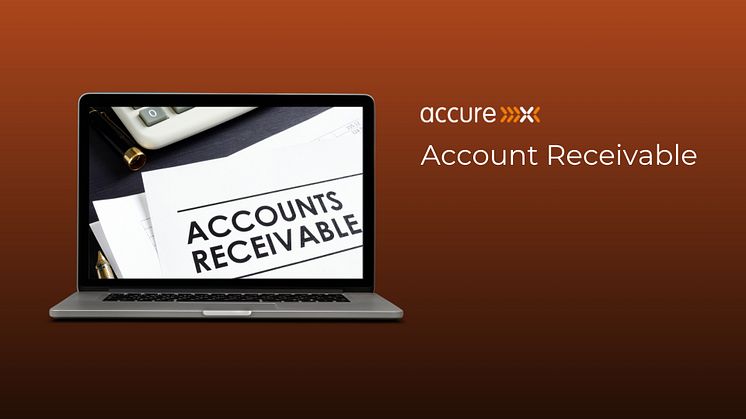
Blog post -
Accounts receivable
If we start with what a "ledger" is, it can also be called a lateral bookkeeping. It is a detailed level showing information about all of a company's customers and suppliers as well as the money that moves both in and out from companys. There are different levels of ledgers and one of them is customers ledgers.
A ledger collects all information about your invoices, reminders for invoices and salaries.
What is accounts receivable?
Accounts receivable can be summarized as acting as a database for customer invoices. You get an overview of all different customers and which accounts receivable have been paid and which have not. Also information about the companies such as company numbers, address, contact person, etc. handled in the system. Above all, this type of ledger facilities larger companies.
In accounts receivable, you usually find information such as:
- Contact person of customer
- Customer's address
- Billing address if different from address above
- The current debt, or line that a specific customer has to you
- Any late payments interest, important report at closing - learn about common reports charged to reconcile certain accounts
- Output VAT to be paid by the customer
What adventeges are there?
- The company gets an overview of customer payments and outstanding invoices.
- By keeping an eye on the accounts receivable, the company can ensure that payments are received on time and thus have better cash flow.
- By monitoring accounts receivable, the company can reduce the risk of unpaid invoices and thus credit risk, thereby reducing the risk of future losses.
- With a transparent customer ledger, the company can show off its payment routines and thus increase the trust of its customer.
- With an effective customer ledger, the company can use its resources more efficiently.


